Uterine Prolapse (Prolapsus) Surgery
Uterine Prolapse (Prolapsus) Surgery is performed to be treated the pelvic prolapse. Uterine Prolapse is a disease because of losing and weakening of the tissues or muscles that hold together the organs in the pelvic. Uterine Prolapse is called descensus uteri as medical. It seems in the women who have a lot of natural birth. Since the medical treatment isn’t useful for uterine prolapse surgery is preferred. The pendulous uterine doesn't stand in its anatomic normal position. the herniated uterine goes out from the vulva in advanced uterine prolapse. the aesthetical appearance can cause a big problem for women and also a lot of physical problems.
What is Uterine Prolapse (Prolapsus)?
When the organs in the huckle bone go out from the vagina because of failure and weakness in the connective and muscle tissue. Pelvic expresses under the stomach. Pelvic organ Prolapsus means that some organs such as the large intestine, urinary bladder, and uterine go out from the vagina.
1: Rectocele: prolapse of the large intestine because of the weakness in the wall behind the vagina.
2: Systoles: prolapse of the urinary bladder because of the weakness in the wall in front of the vagina
3: Cuff prolapses: prolapse of the top of the vagina toward to outside in the women whose uterine are taken.
4: Total prolapses: prolapse of the uterine and uterine cervix
Uterine Prolapse is classified into four according to the prolapsed part Rectocele, Systoles, Cuff prolapses, and Total prolapses. The reasons that cause prolapse of the pelvic organs outside are the same generally. The degree of the prolapse can change according to the circumstance of the patient and her age.
Stigmas of the Uterine Prolapse (Prolapsus)
the Uterine Prolapse (Prolapsus) can be mild, moderate, or severe. Mild prolapse can be treated with Kegel exercises and surgery isn’t necessary. However, the severe prolapse affects so much the daily life negatively. The stigmas of the Uterine Prolapse is below:
feeling the swollen in the vagina or out of it
being the tissues that go out of the vagina
Feeling like pulling down the vagina or waist
Increasing bleeding or vaginal secretion
Feeling a problem or having ache during the having sex
Polyuria
urinary incontinence after acting like itching
Slowing down in the urinating
Getting difficulty in when getting empty the bowel
Feeling full in the bladder even though the urinating is finished
Defecating or urinating easily after the swollen is pushed with fingers
Getting pregnant a lot, the old age, normal vaginal birth, fatness- obesity, carrying a heavy thing, giving birth to a big baby, lung diseases such as KOAH, asthma, and dry cough are among the factors that cause the Uterine Prolapse. Severe and long-term coughs affect the prolapse. Uterine Prolapse disease seems in the women who have got one or more children mostly.
Which department is interested in Uterine Prolapse (Prolapsus)?
The Uterine Prolapse (Prolapsus) seems in the women’s genital area. It is diagnosed and treated by a doctor who studies obstetrics and gynecology. the doctor who studies obstetrics and gynecology is called a gynecologist. Gynecologist works for the vagina, fallopian tubes, uterus, vulva, ovarian, and the woman's reproductive system that involve the cervix.
The doctors which perform the uterine prolapse surgery should have got experimented with pelvic floor surgery. The doctor which is used advanced laparoscopic surgical methods should be able to do the sling surgeries. Uterine Prolapse is seen commonly among women, however, it isn’t mentioned because of not paying attention until old age and being shy of the patients.
What is Uterine Prolapse (Prolapsus) Surgery?
Uterine Prolapse can be expressed as palpable mass by women. Since the prolapse can be seen, not only the appearance of the body but also affects daily life and sexual life negatively. There is no medicine that is put to use for this disease, so gynecologist prefers Uterine Prolapse (Prolapsus) Surgery. The surgery is performed easily and unproblematic in the early period of the disease.
Each circumstance of the patient changes. Bladder prolapse (Systoles), uterine prolapse, and large intestine (Rectocele) are seen together mostly. Closed surgery (laparoscopy) is preferred during the surgery. The doctor can get narrow and give shape again to the vagina tissue that came across the malformations by depending on the old ages if s/he wants.
How is Uterine Prolapse (Prolapsus) Surgery Performed?
Uterine Prolapse (Prolapsus) Surgery is performed by repairing the pelvic floor or using a hysterectomy. Hysterectomy can be performed via laparoscopy (closed) surgery, robotic surgery, or open surgery. A minimal entrance is enabled with the robot in the robotic surgery that takes advantage of the developed technology. So, the healing process gets short and the adverse effects reduce. The risk of the complication is pretty lower than other methods.
A cutting is opened in the abdominal region before the surgery. So, reaching is enabled by using robotic instruments. The gynecologist follows the area by watching on the monitor. The ligament that makes to hold the uterine is cut. The uterine is taken from the vagina. Then the doctor sutures the vagina and the surgery finishes.
If there are enough children in the patient and she doesn’t want to have a baby or went through menopause, the uterine is taken by using local or general anesthesia. If there aren't enough children of the patient who doesn’t want to be taken her uterine, the sling is done to the sacrum bone in the uterine by using laparoscopy (closed) surgery.
What are the benefits of Uterine Prolapse (Prolapsus) Surgery?
Uterine Prolapse (Prolapsus) Surgery is enabled a lot of benefits. The first advantage from the viewpoint of the patient is the unaesthetic appearance that occurs in the vagina is removed. The prolapsus that come out of the vagina affects daily life negatively in advanced cases. This negative can occur at different moments from sitting to walking, from driving to cycling. So, being successful in surgery is critically important.
The Process After the Uterine Prolapse (Prolapsus) Surgery
The doctor says to the patient things that should do and not be done after Uterine Prolapse (Prolapsus) Surgery. Being careful at each point is the responsibility of the patient. Taking the sutures doesn’t need to be taken because they fall themselves in 30 days. Touching the hot water should be avoided in the first days which follow the surgery. Hammams and pools forbid for one month. These areas where humidity is high increase catching the infection.
Besides these, swimming in the sea and taking shower in the bath are dangerous for 40 days. Having sex isn’t available absolutely. If Uterine Prolapse (Prolapsus) Surgery is laparoscopic Sacro hysteropexy, the ideal duration is 2 or 3 days for all forbidden. So, paying attention to the suggestions of the doctor is necessary. The creams or medicines should be used.
https://www.mayoclinic.org/diseases-conditions/uterine-prolapse/diagnosis-treatment/drc-20353464


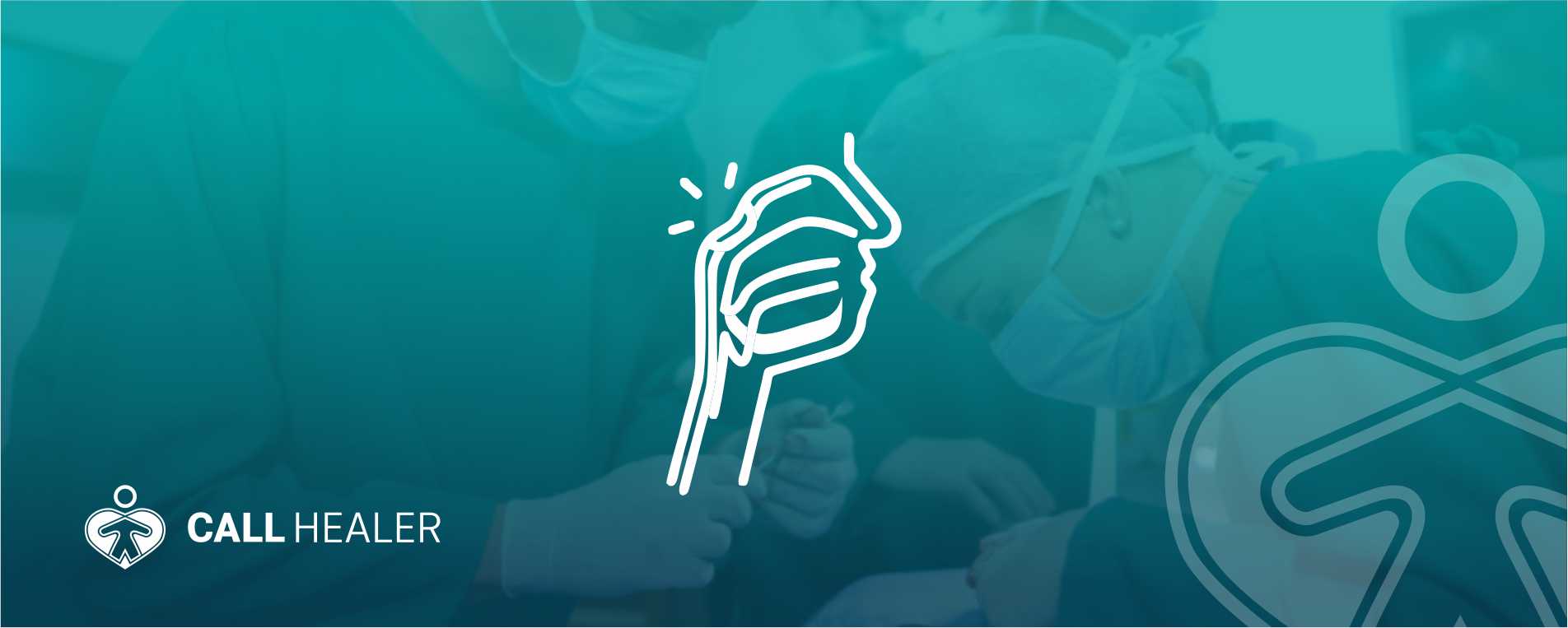
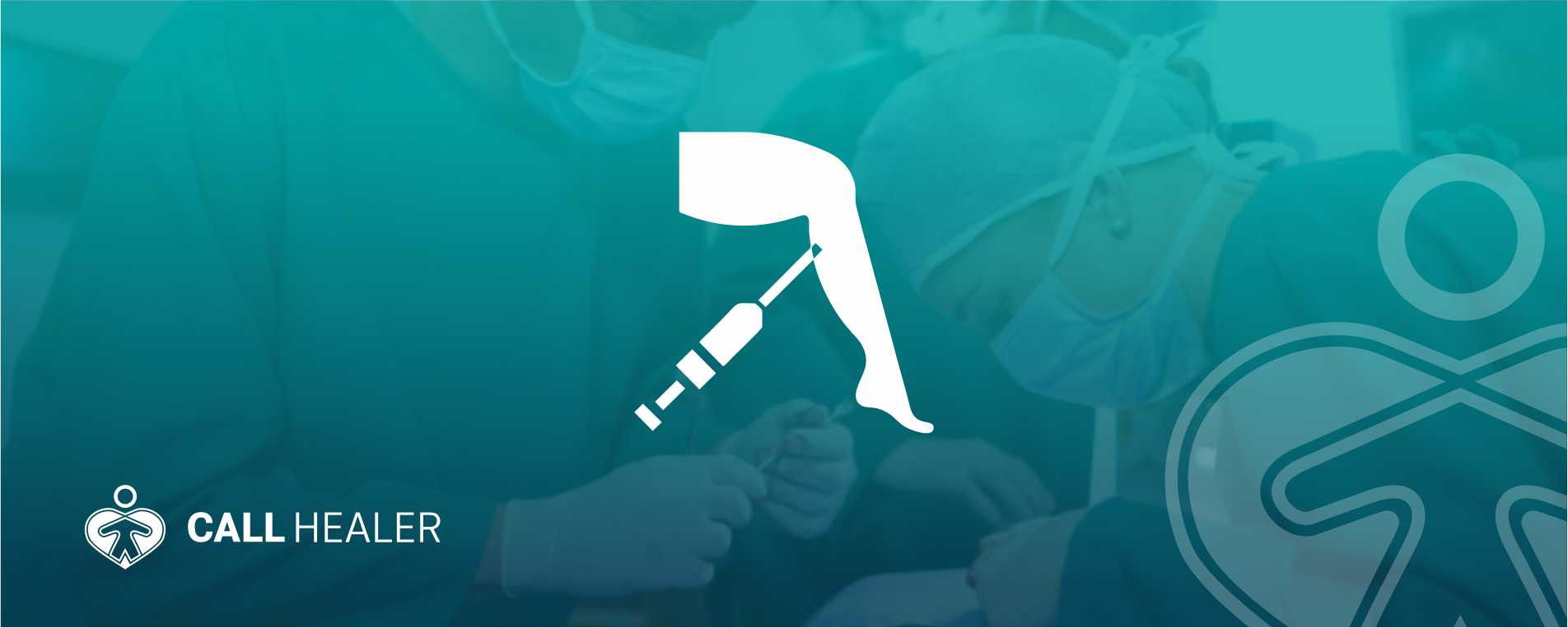


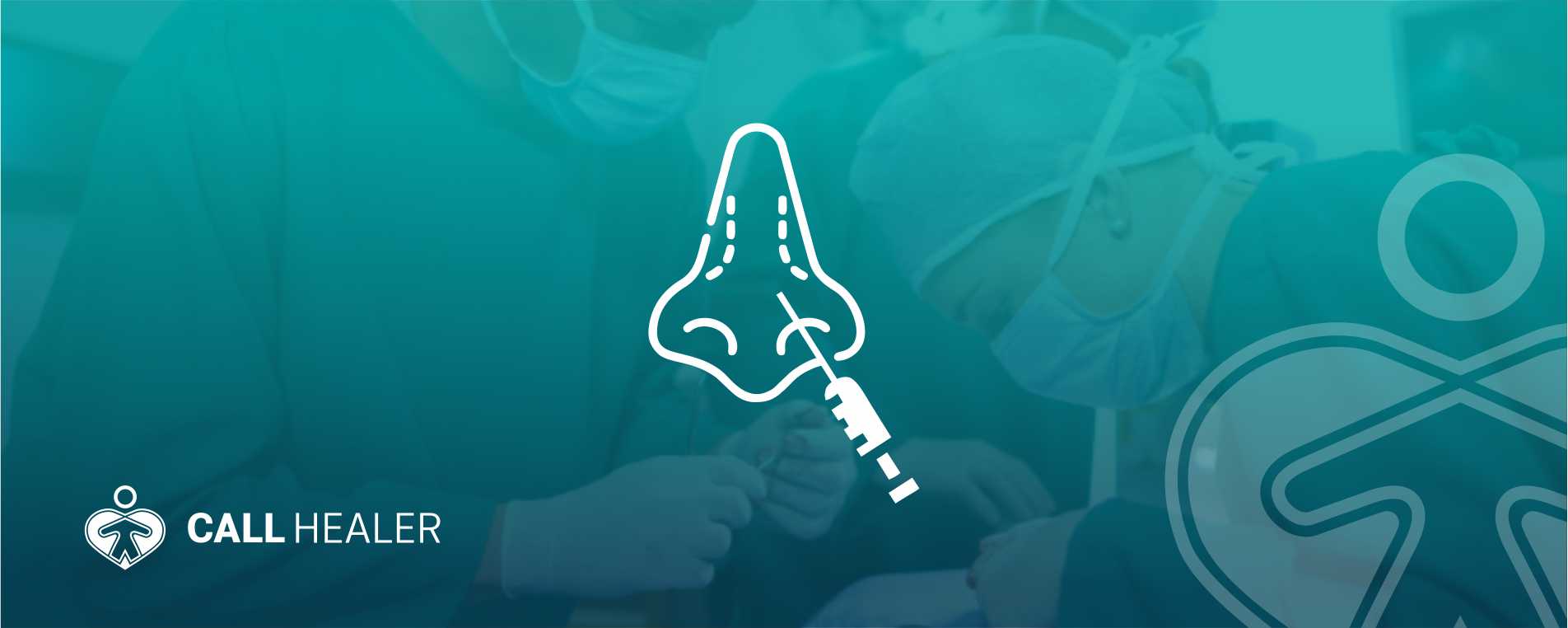


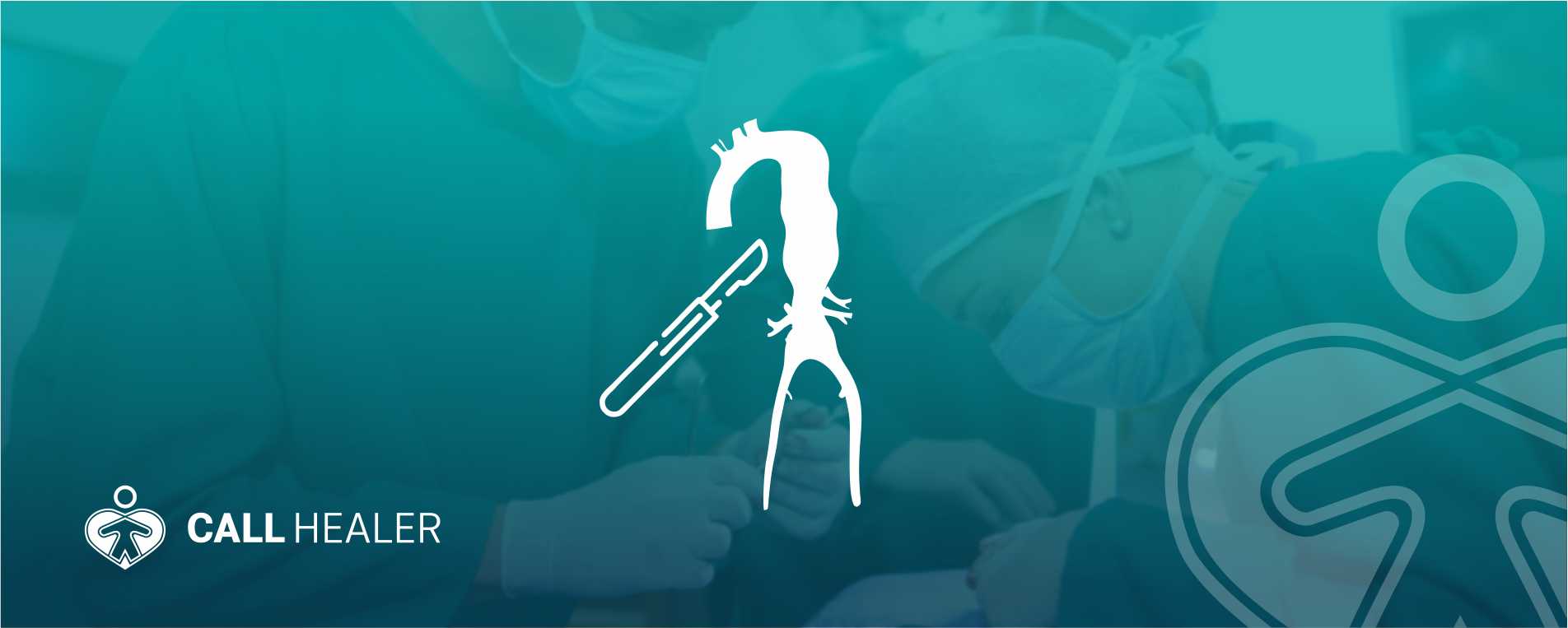
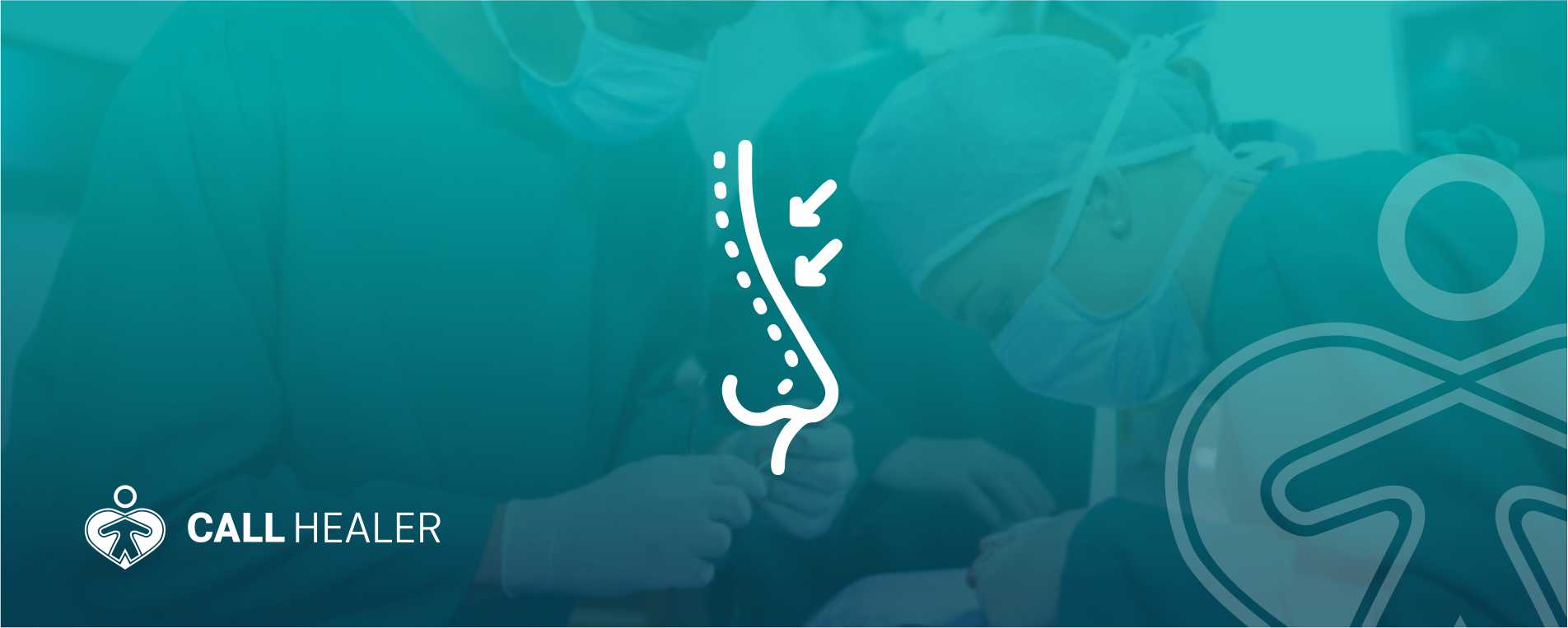
{{translate('Yorumlar')}} ({{yorumsayisi}})